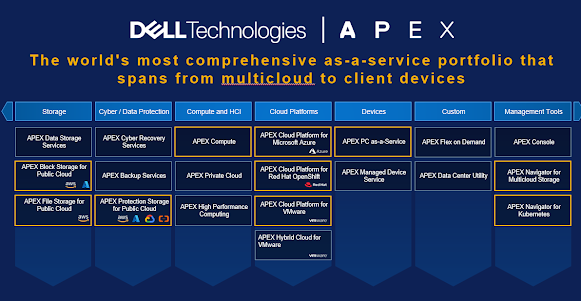Multicloud Strategy and APEX Portfolio announcements - DTW 2023

Last year at Dell Technologies World (DTW 2022), Dell announced their Multicloud by Design strategy, detailing their vision of simplifying the deployment and management of customers' multicloud environments with a consistent operational experience, so that customers can innovate without barriers. In 2022, the primary focus of the Multicloud by Design strategy was on Project Alpine - in 2023, Dell Technologies have doubled down on their Multicloud by Design strategy with a glutton of multicloud announcements and expanded the strategy further to consist of three primary elements: 1. Ground to Cloud 2. Cloud to Ground 3. SaaS Portal Figure 1. Delivering an APEX Multicloud Experience Now delving into each of these categories... 1. Ground to Cloud - Multicloud Storage (+ Data Protection) Thi...


